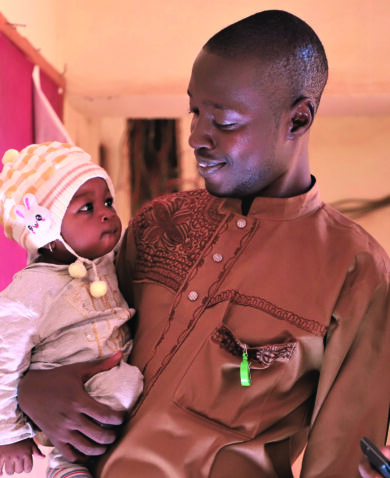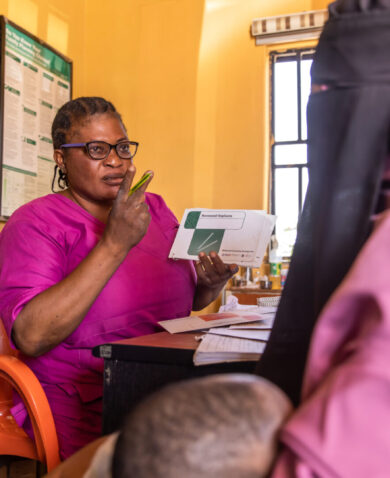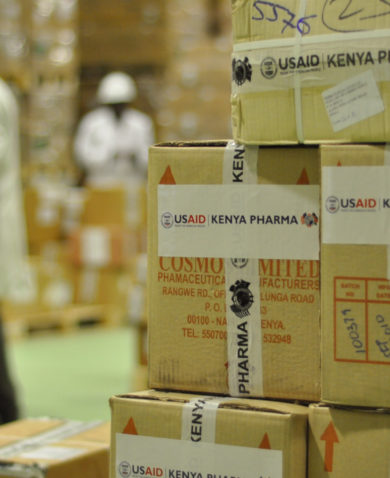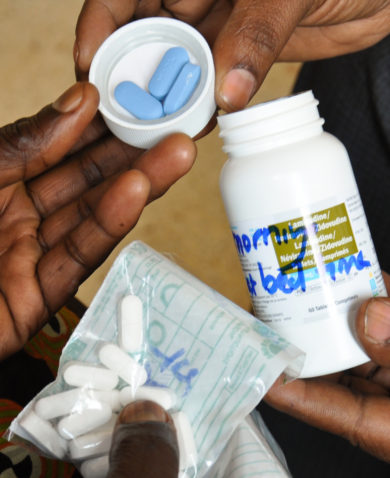
Reflections on AIDS 2014: The Speakers You Haven’t Heard Of
August 19, 2014 | 3 Minute ReadMovers and shakers from across the globe spoke at this year’s International AIDS Conference in Melbourne, Australia. The likes of Bill Clinton, Executive Director of UNAIDS Michel Sidibe, and Sir Bob Geldof (the English musician of “Do They Know It’s Christmas” fame) were among those ticketed as high-level speakers, and their words received the lion’s share of the world’s attention.
The big names drew the media, but what I found most inspiring and want to share with others were the participants the world doesn’t know. I’m talking about the people living with HIV — many of them representing key affected populations like sex workers, intravenous drug users, and men who have sex with men — who courageously took the stage to advocate for others who are discriminated against because of their HIV status and marginalized in the global AIDS response.
Four speakers in particular stand out in my mind as people who development organizations and professionals can learn from as we continue the fight against AIDS with a tighter focus on reaching key affected populations.
- The first is Daisy Nakato of the Uganda Network of Sex Workers. Daisy is an HIV-positive, bisexual sex worker in Uganda. She has suffered from the country’s criminalization of homosexuality and sex work. In front of thousands of people, she spoke at AIDS 2014 about how she came to accept personal responsibility for doing her part to end the epidemic, earned her degree in social work from the University of Kampala despite facing discrimination, and now represents a network for sex workers. “Just because I’m a sex worker doesn’t mean I cannot fulfill my dream to be a professional in the field of social work,” she said.
- The second was from a video played at one of the plenaries in which young people from various countries shared their wishes in regards to the future and management of the HIV/AIDS epidemic. In the video, a 12-year-old girl from Vietnam said, “I wish in the future I should be able to take my medication once per month . . . not as now when I need to take 17 pills every day.” It was amazing to see how this little girl accepted her responsibility to continue dealing with a disease that was inherited from her parents, only requesting that her burden be alleviated a little bit.
- The third was Laurindo Garcia. Laurindo represented men who have sex with men and the transgender population in the Philippines. He said he would like to have three innovations in the future dealing with the HIV/AIDS epidemic: a condom that could protect those who wear it from discrimination based on their sexual orientation and gender, a pill that would make people more compassionate about the suffering of people living with HIV, and an injection that would give people the empathy to support people living with HIV.
- The fourth is an HIV-positive teenager from India, H. Pilani, who participated in a session on youth leadership in the AIDS response. When the director of the Global Fund, Mark Dybul, challenged the youths by asking what they envisioned their participation in the AIDS response to be, Pilani responded: “How do you expect us to participate in the response if you have not invited us to be inside? You keep us outside, so as much as we continue knocking on the door, if you don’t open it will be very difficult to assume full responsibility in the response.”
What do these four speakers have in common? For me, they represent the talent, vision, and sense of responsibility that is inside every key affected population that has been excluded from the important decisions made in the global effort to end AIDS and have an HIV-free generation. Wherever we implement HIV/AIDS programs across the world, we need to ask ourselves: How can we do a better job of involving these people and tapping into their talent?



































